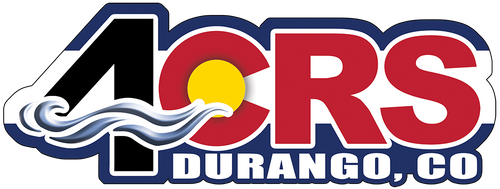Grand Canyon National Park seeks public comment on proposed non-commercial river trip cost increase
4Corners RiversportsThe Grand Canyon National Park is proposing an increase in non-commercial river trip costs. The existing $25 lottery application cost fee would remain the same, and the flat rate per-person cost would increase: Lees Ferry to Diamond Creek cost would go from $90 to $310 per person, and the Diamond Creek to Pearce Ferry cost would go from $0 to $55 per person. The proposed change would begin March 1, 2025.
A private river trip through the Grand Canyon is unlike any river trip in the world. While we understand maintaining the river corridor is not without cost, the recent proposed cost increases disproportionately burden private users.
We oppose the increase and encourage private boaters to do the same. Below is a sample letter for sharing comments with the Grand Canyon National Park.
The existing $25 lottery application cost fee would remain the same, and the flat rate per-person cost would increase: Lees Ferry to Diamond Creek cost would go from $90 to $310 per person, and the Diamond Creek to Pearce Ferry cost would go from $0 to $55 per person. The proposed change would begin March 1, 2025.
SUBMIT YOUR COMMENTS HERE
(Use the letter below as a starting point for your comments, or copy/paste it as is and add your name.)
Dear Grand Canyon National Park Administrators,
I am writing to formally oppose the proposed fee increases for non-commercial river trips in Grand Canyon National Park, set to take effect on March 1, 2025. While I understand the need for revenue to maintain and protect the park, the proposed allocation of the fee increase disproportionately burdens private users while allowing commercial operators to continue benefiting from a system that already favors them.
The proposal unfairly places 49% of the fee increase burden on private river users despite the fact that commercial users outnumber private users by a ratio of 3 to 1. Commercial operators, who cater to a wealthier clientele, are not being asked to shoulder their fair share of the increased costs. Private users, who often come from more modest financial backgrounds, will feel the strain of these increases much more acutely.
Furthermore, commercial operators enjoy significantly greater privileges within the current allocation system. They receive a larger share of user days, allowing them more access to the river compared to private groups. Additionally, commercial trips accommodate groups that are twice the size of private groups, inherently amplifying their environmental impact. Because commercial clients often have little to no prior river experience, their trips require more resources, oversight, and environmental mitigation compared to seasoned private boaters, who are generally more self-sufficient and experienced in Leave No Trace principles.
Given these disparities, it is unjust to place nearly half of the fee increase on private users when commercial operators account for a greater share of the river’s use and impact. A more equitable approach would involve either restructuring the fee increase to more fairly reflect actual usage and impact or ensuring that commercial operators, who profit from their trips, contribute a proportionate share of the costs associated with maintaining the river corridor.
I strongly urge you to reconsider this fee structure and implement a more balanced approach that does not disproportionately penalize private users. Thank you for your time and consideration.
Sincerely,
[Your Name]

